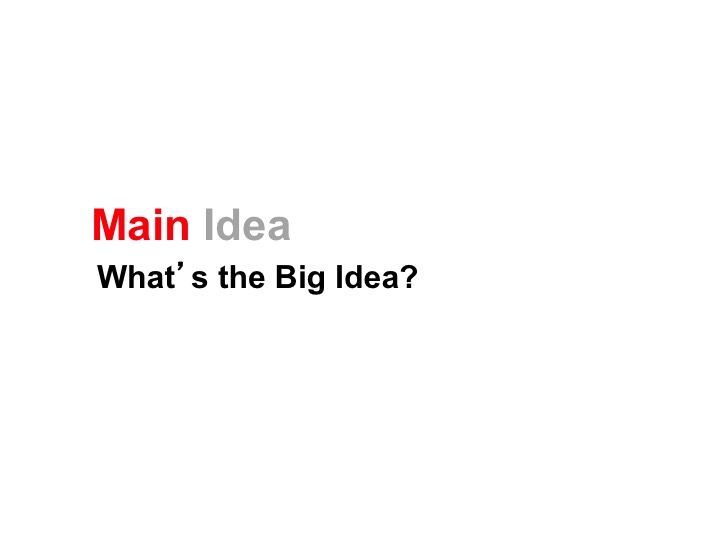
Are you looking for main idea worksheets and resources? This page features a collection of high-quality worksheets and a PowerPoint lesson! Many students have difficulties identifying main ideas in nonfiction texts. I hope that these resources will help.
Finding the Main IdeaThe reader must COMPREHEND the text AND also MAKE CONNECTIONS within the content to FIND OVERARCHING IDEAS. The reader must also RECOGNIZE and DISREGARD NONESSENTIAL INFORMATION.
Identifying main ideas may come simply and naturally to good readers. But it is actually a two or three step process. Struggling readers may trip up on any one of those steps. Here are some practice activities. Students can try to identify the main idea in a variety of texts with these main idea worksheets.
Main Idea Lesson 1Here is an animated PowerPoint lesson on main idea. The slideshow explains main idea and how to identify it in a text. There is also a practice activity at the end of the lesson with five practice problems.



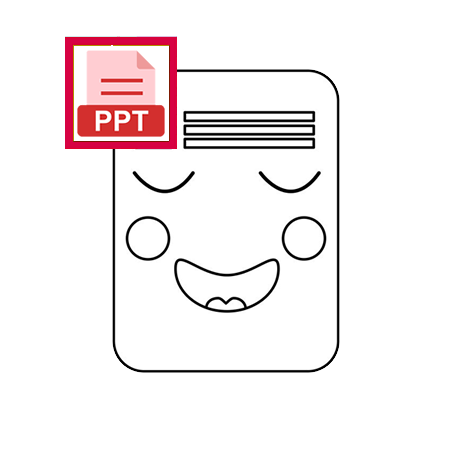
Here is a double-sided main idea worksheet. Students read seven original nonfiction passages and summarize the main idea of each passage. Also, students must think of a title for each passage that relates to the main idea of the text. Suggested reading level for this text: Grade 6-10.
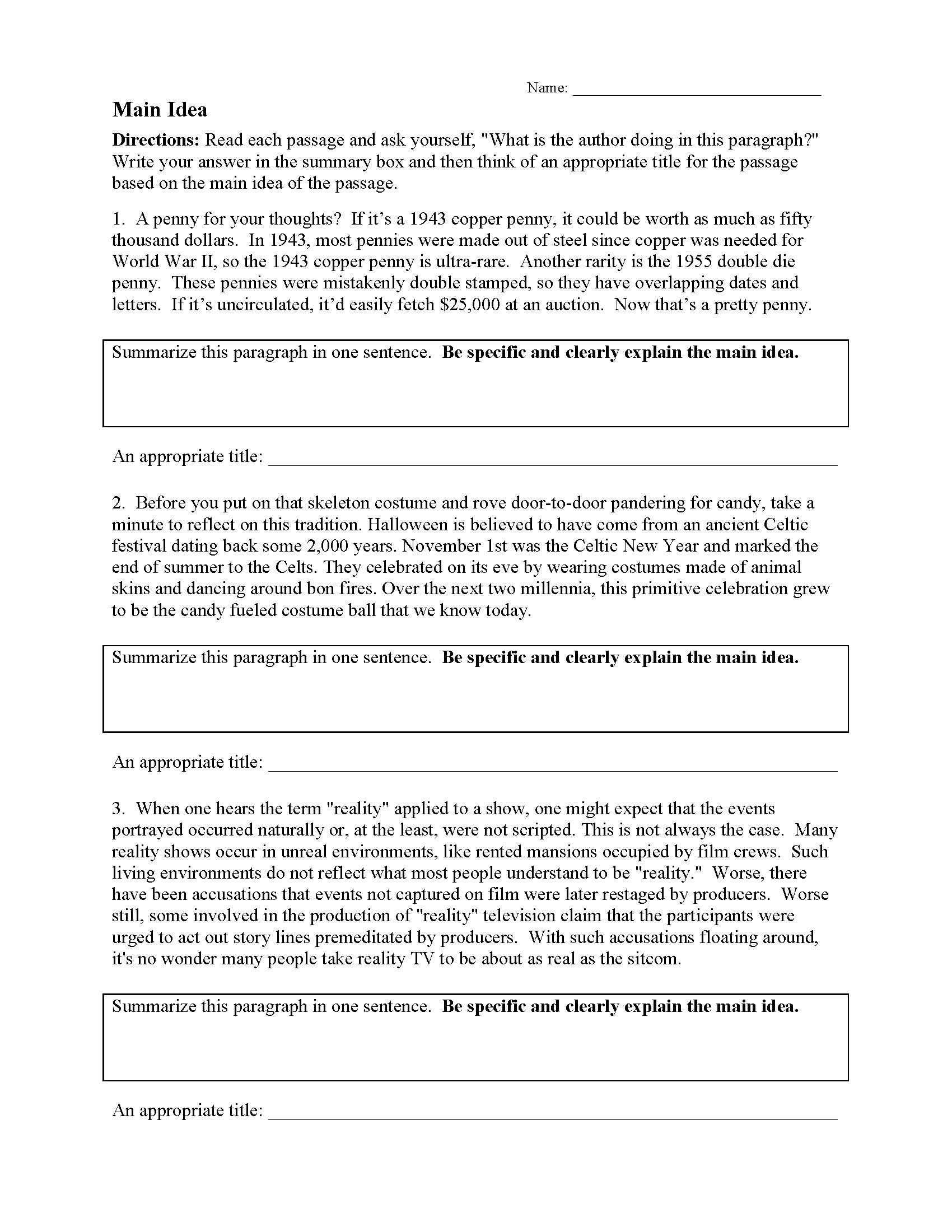



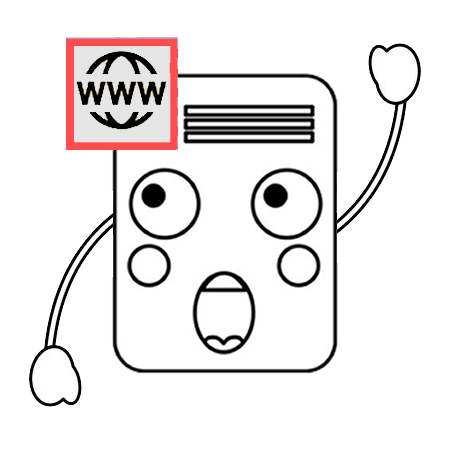 button to show the answers for Main Idea Worksheet 1. Press this button and the preview of Main Idea Worksheet 1 will turn into the answer key." />
button to show the answers for Main Idea Worksheet 1. Press this button and the preview of Main Idea Worksheet 1 will turn into the answer key." />

Here is another double-sided main idea worksheet. This worksheet features six more original nonfiction passages for your students to analyze. Students read the passages, disregard nonessential information, express the main idea, and think of a title for each passage related to the main idea. Suggested reading level for this text: Grade 6-10.
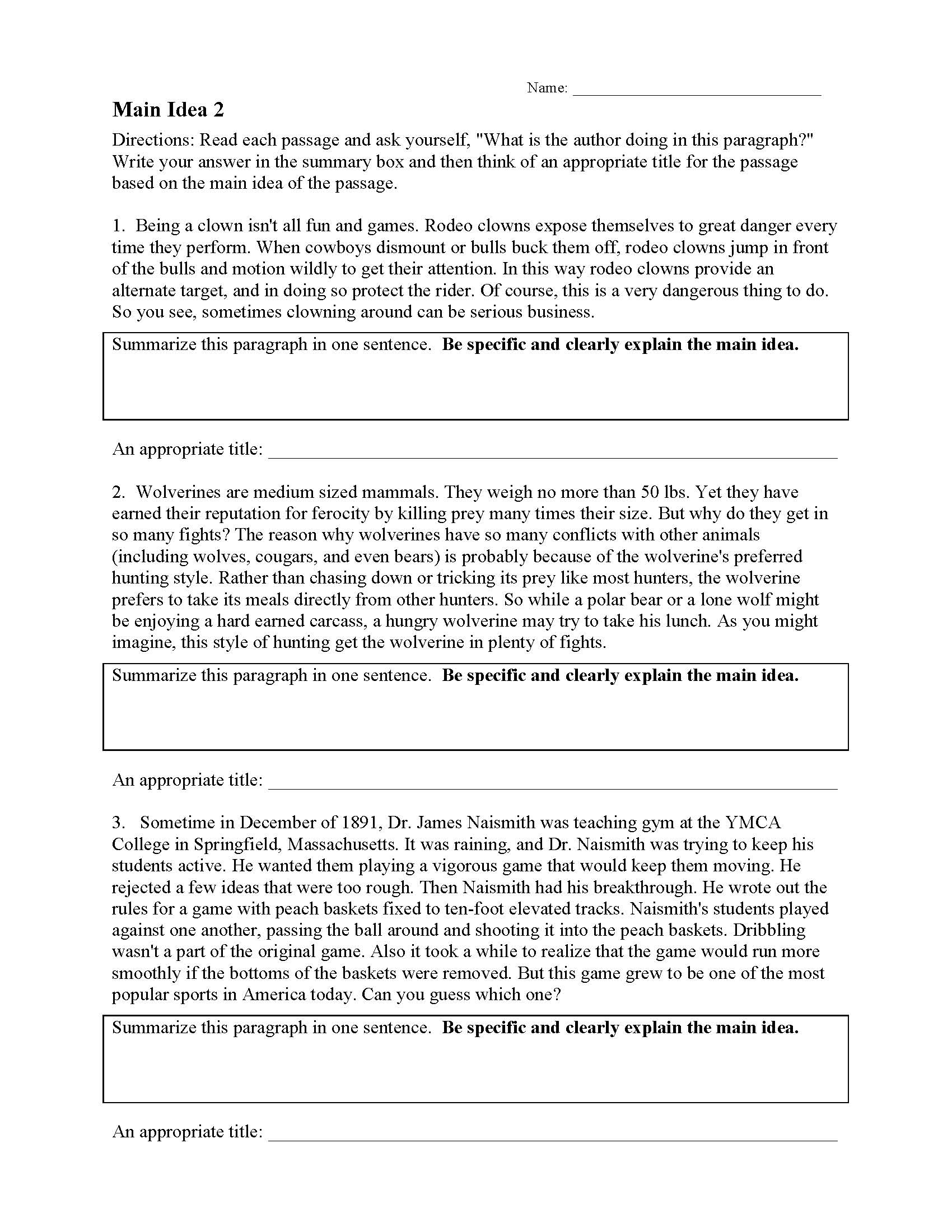



 button to show the answers for Main Idea Worksheet 2. Press this button and the preview of Main Idea Worksheet 2 will turn into the answer key." />
button to show the answers for Main Idea Worksheet 2. Press this button and the preview of Main Idea Worksheet 2 will turn into the answer key." />

Here is yet another double-sided main idea worksheet. This one is themed around robots and robotic technologies. Students practice identifying main ideas and coming up with appropriate titles for each passage. Suggested reading level for this text: Grade 6-10
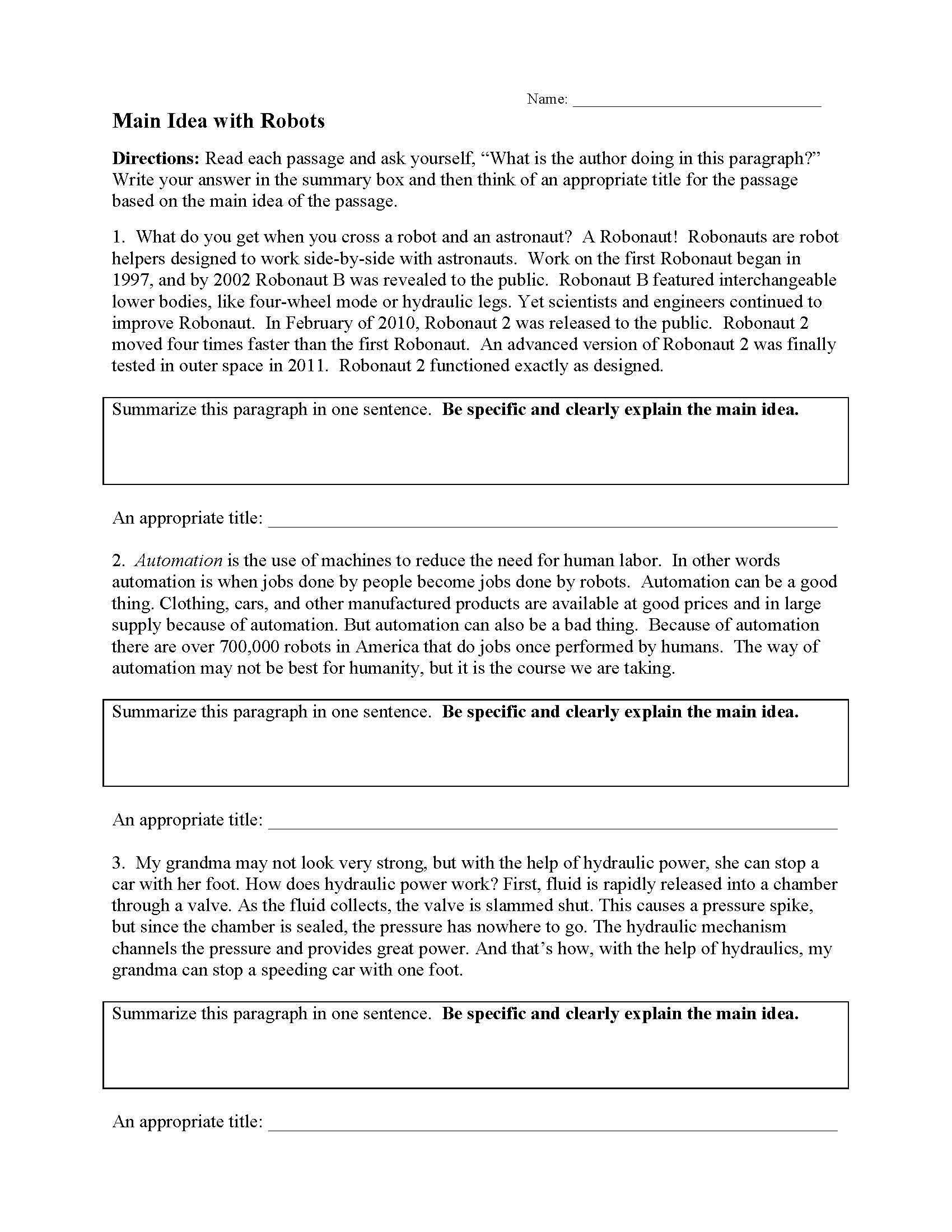



 button to show the answers for Main Idea Worksheet 3. Press this button and the preview of Main Idea Worksheet 3 will turn into the answer key." />
button to show the answers for Main Idea Worksheet 3. Press this button and the preview of Main Idea Worksheet 3 will turn into the answer key." />

Here is one more double-sided main idea worksheet. Students read seven passages about money and systems of exchange. They summarize each paragraph, state the main idea, and think of an appropriate title for the passage. Suggested reading level for this text: Grade 5-9
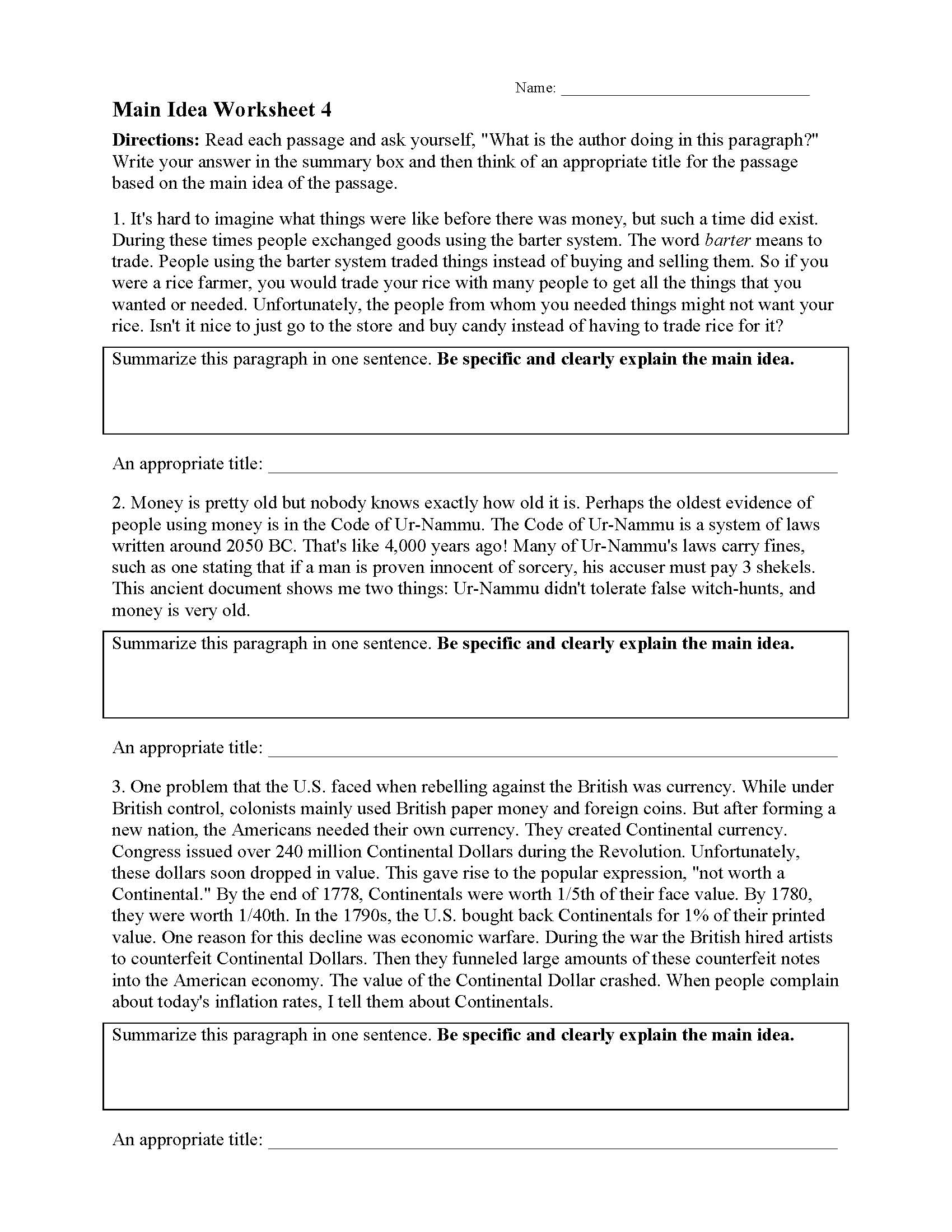



 button to show the answers for Main Idea Worksheet 4. Press this button and the preview of Main Idea Worksheet 4 will turn into the answer key." />
button to show the answers for Main Idea Worksheet 4. Press this button and the preview of Main Idea Worksheet 4 will turn into the answer key." />

Here's another great activity to help students master main idea. Learn about some of the greatest scientists in human history while reviewing main idea. Read the passages, identify the main idea, and create appropriate titles for each passage. Suggested reading level for this text: Grade 7-11.
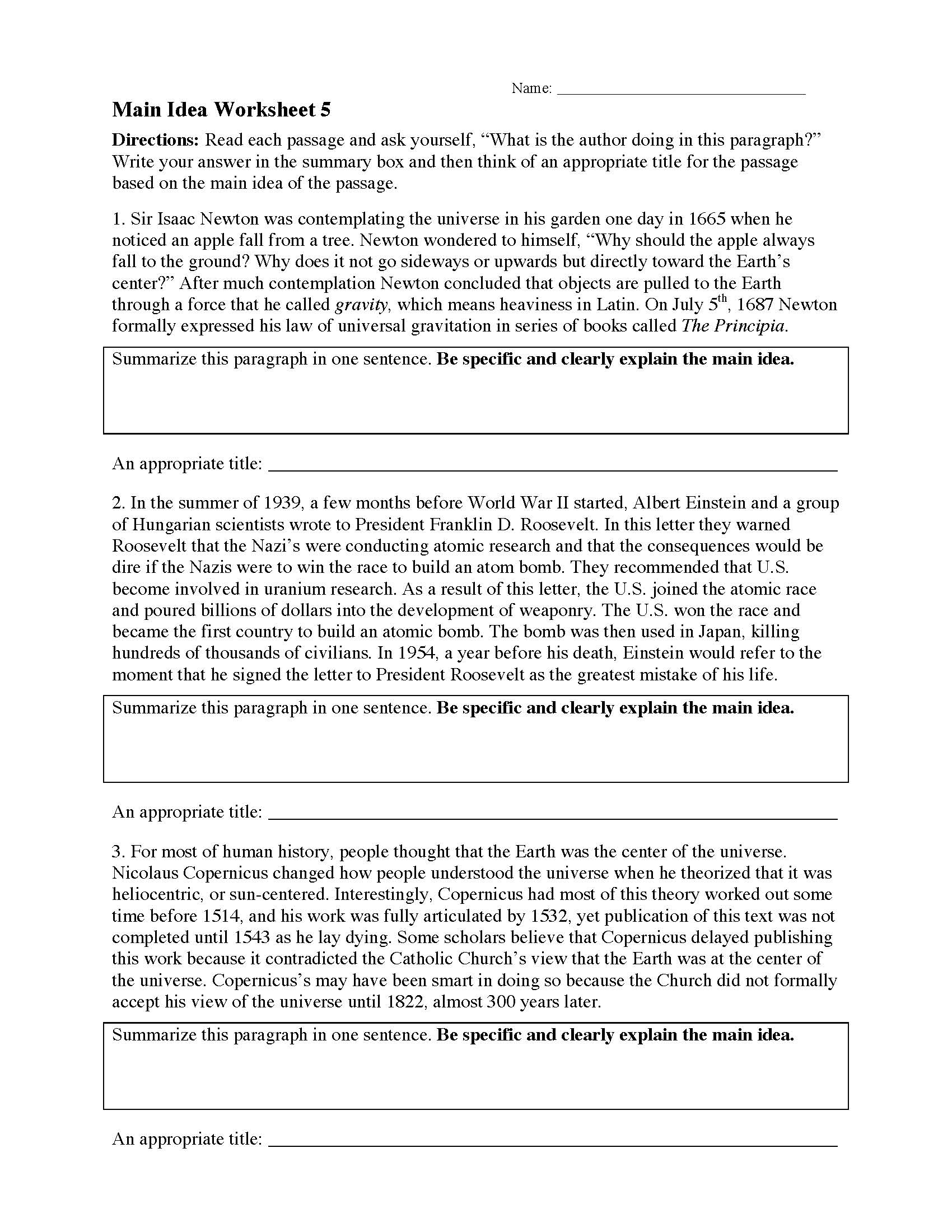



 button to show the answers for Main Idea Worksheet 5. Press this button and the preview of Main Idea Worksheet 5 will turn into the answer key." />
button to show the answers for Main Idea Worksheet 5. Press this button and the preview of Main Idea Worksheet 5 will turn into the answer key." />

Your students will LOVE working through these six passages, expressing the main idea of each, titling them, and visually representing the text using graphic organizers. Suggested reading level for this text: Grade 7-11.




 button to show the answers for Main Idea & Text Structure Valentine" />
button to show the answers for Main Idea & Text Structure Valentine" />
 a puzzle piece in a missing spot. The puzzle is shaped like a light bulb. The picture symbolizes how readers must put the pieces of a text together to find main ideas.." />
a puzzle piece in a missing spot. The puzzle is shaped like a light bulb. The picture symbolizes how readers must put the pieces of a text together to find main ideas.." />
R.2 - Determine central ideas or themes of a text and analyze their development; summarize the key supporting details and ideas.
RL/RI.K.2 - With prompting and support, identify the main topic and retell key details of a text.
RL/RI.1.2 - Identify the main topic and retell key details of a text.
RL/RI.2.2 - Identify the main topic of a multiparagraph text as well as the focus of specific paragraphs within the text.
RL/RI.3.2 - Determine the main idea of a text; recount the key details and explain how they support the main idea.
RL/RI.4.2 - Determine the main idea of a text and explain how it is supported by key details; summarize the text.
RL/RI.5.2 - Determine two or more main ideas of a text and explain how they are supported by key details; summarize the text.
RL/RI.6.2 - Analyze how a particular sentence, paragraph, chapter, or section fits into the overall structure of a text and contributes to the development of the ideas.
RL/RI.7.2 - Analyze the structure an author uses to organize a text, including how the major sections contribute to the whole and to the development of the ideas.
RL/RI.8.2 - Analyze in detail the structure of a specific paragraph in a text, including the role of particular sentences in developing and refining a key concept.
RL/RI.9-10.2 - Analyze in detail how an author’s ideas or claims are developed and refined by particular sentences, paragraphs, or larger portions of a text (e.g., a section or chapter).
RL/RI.11-12.2 - Analyze and evaluate the effectiveness of the structure an author uses in his or her exposition or argument, including whether the structure makes points clear, convincing, and engaging.